Bechamel - Your Friend and Mine
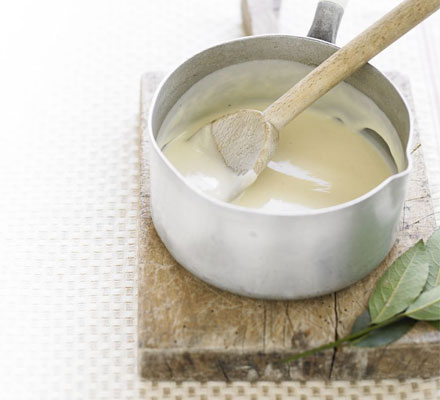

Check out the demo!
Bechamel is one of the five French Mother Sauces (those are five basic sauces considered fundamental), but more than that, it's one of the most versatile tools in your kitchen toolbox. It's the base for just about any kind of creamed casserole or cream sauce. From macaroni and cheese to sausage gravy, pot pies or Mornay; they all start with a bechamel.Even such pedestrian dishes as the beloved (or hated) Chipped Beef on Toast start with a Bechamel. Every Southern cook knows Bechamel - as cream gravy. See? Another fancy French word that means something very easy. Bechamel is nothing more than sauce made with cream.
More than that - two other classic French terms/techniques fall into this recipe. The first is 'roux'. Ever had gumbo? Then you had roux. Actually - if you've ever had a cream gravy or sauce you had roux. Roux is simply a thickening agent - a paste so to speak, made of oil and flour cooked together. The oil can be anything - in Bechamel it's butter.
The second is Mornay. Not Rebecca de Mornay. The Sauce Mornay. Mornay is simply a cream sauce with cheese. See? French cuisine isn't hard at all!
In this case we're going to make a Bechamel, then add cheese, which turns it into a Mornay sauce. Here we go:
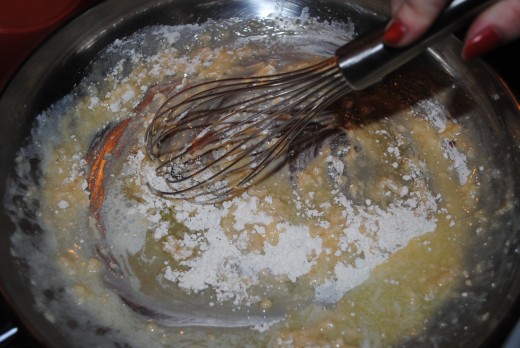
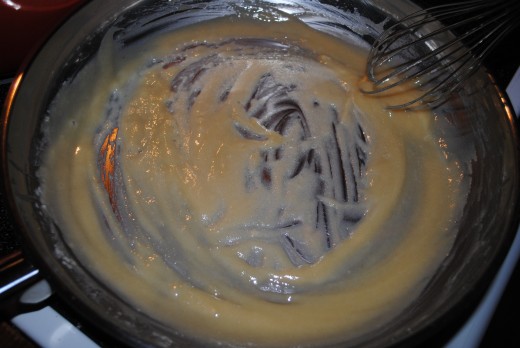
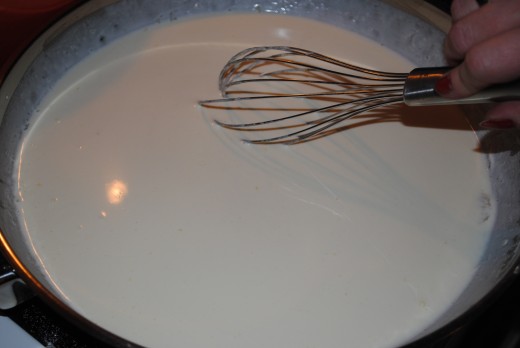
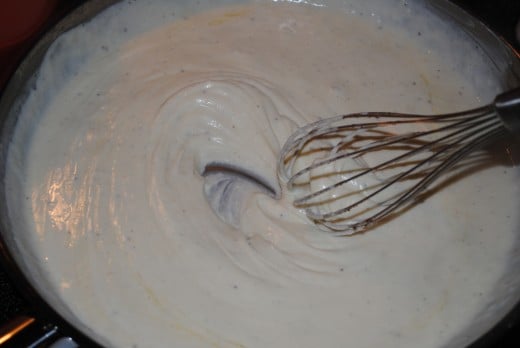
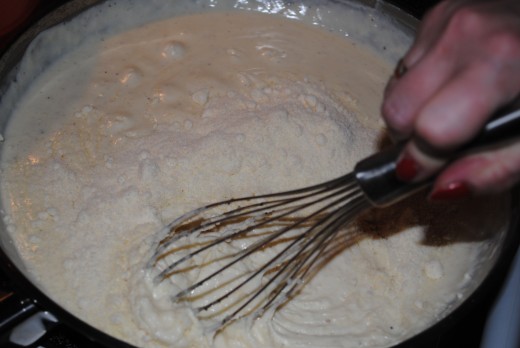
The Method!
You really don't need a recipe to make a thickened sauce. What you do need is the proportions. You can do anything with a 1-1-1 - meaning 1 part oil, 1 part flour, and 1 cup liquid. In this case, it's tablespoons of butter, tablespoons of flour, and cups of cream. One tablespoon of butter with one tablespoon of flour will thicken a cup of cream.
Now I like mine a little thicker than that classic ratio, although you might not. So here is what I use:
2 Tbl butter
2 Tbl flour
1 1/2 cups cream
1/4 tsp freshly grated nutmeg
salt and pepper to taste
1 cup grated Parmesan cheese
You can certainly add more cream if you like a thinner, or 'looser' sauce.
- Over medium low heat, melt the butter in a large skillet. A skillet with sloping sides is easier to use than a saucepan, because you can get into the corners with a whisk completely incorporating all the ingredients. There is actually a pan made for this - it's called a saucier - and is a saucepan with sloping sides. If you have one, great. I use a skillet.
- Warm the cream in the microwave or on the stovetop over low heat. You don't have to bring it to a boil - actually don't boil it or it will 'break', but get it warmer. The sauce will be happier if all elements are closer to one another in temperature.
- When the butter has melted and become foamy, sprinkle in the flour, whisking well. Make sure you whisk until all the lumps of flour are incorporated fully. If you have lumps when you add the cream, you'll have a lumpy sauce. Not good. The hallmark of this sauce is its silky texture. This is a roux.
- Whisking constantly, pour the warm cream into the roux. Continue cooking over medium low heat just until the sauce comes to a simmer. Allow it to simmer at least one minute - you want to do two things. Simmering 1 minute makes sure that no flour taste remains, and it also brings out the full thickening power of the roux.
- At this point you'll need to season with salt, pepper and nutmeg. If you don't have fresh nutmeg, skip it - don't use the ground stuff. Fresh nutmeg - just a touch of it - is wonderful in cream sauces. Go lightly on the salt if you're adding salty elements - such as Parmesan cheese.
- If you're using cheese, add it now. You're not limited to Parmesan. Try cheddar, Gruyere, bleu - anything you like. Add the cheese, continuing to whisk until the cheese is fully melted. Taste again, and re-season if necessary. If your sauce is too thick, you can loosen it with a little more cream or milk at this point. That's it!
Visit the website!
- The Thrillbilly Gourmet
Combining classic technique with everyday food for spectacular results!
© 2010 Jan Charles









